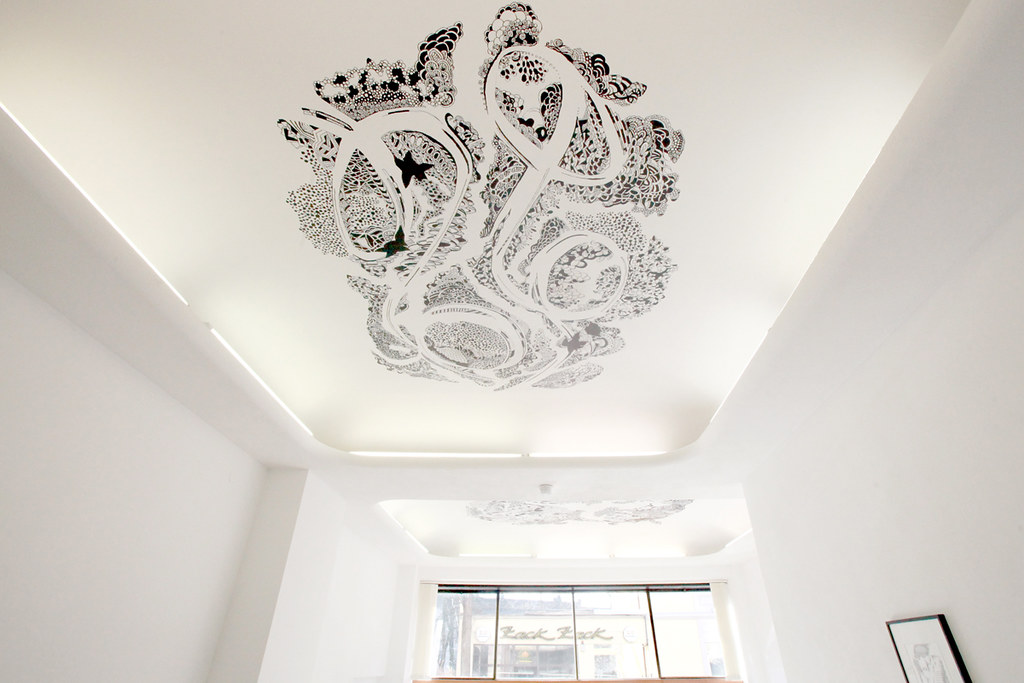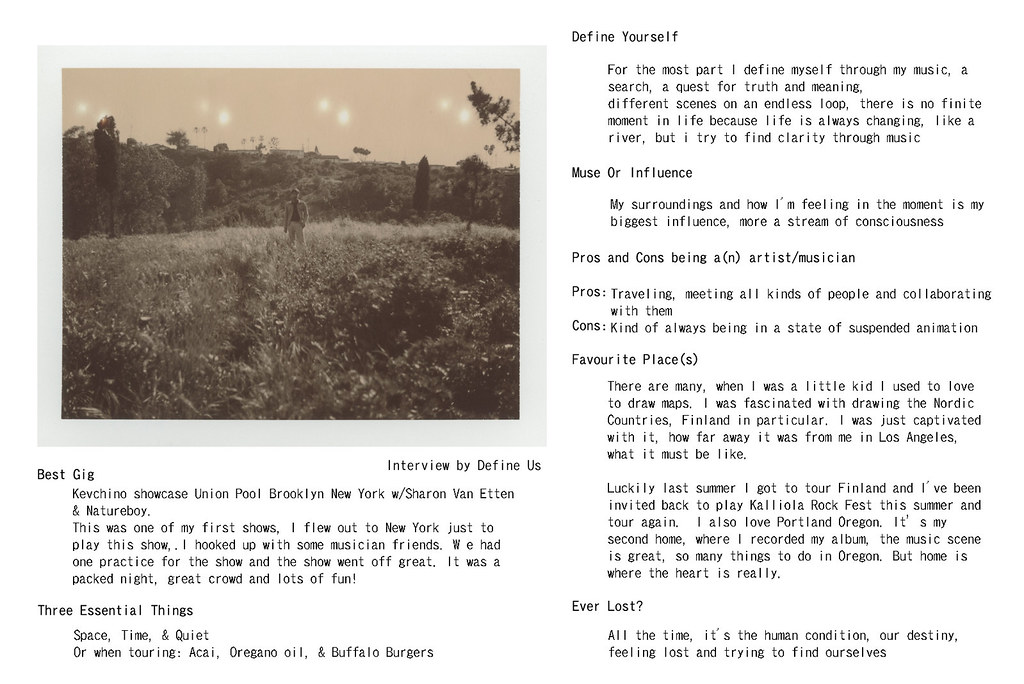London's Hauser & Wirth gallery celebrates a rare collaboration between artists Louise Bourgeois and Tracey Emin.
For an artist who spent her career reluctant to work with others, it would seem unlikely that Louise Bourgeois would spend her last few years working on a series of collaborative works. But once you see these sixteen intimate paintings produced by Louise Bourgeois and Tracey Emin, you soon understand why.
Throughout both of their careers, Emin and Bourgeois have explored similar themes of sexuality, abandonment, maternalism and identity. They are undoubtedly suited for one another, through style, childhood experience and intent.
The collaboration began two years ago with Bourgeois’ delicate dyed paintings of male and female torsos. They were then passed on to Emin - who claimed she was “too scared touch them” - eventually layering them with her scratchy black text and fragile ink drawings. In the short period they worked together Bourgeois had a vast influence on Emin, and in many ways this exhibition is a homage to one of the last projects she completed before her death in May last year.
i-D Online spoke to the gallery’s director, Neil Wenman, about the relationship and charm of Bourgeois and Emin as a collaborative duo.
Why did you decide to exhibit these collaborative works? ‘Do Not Abandon Me’ forms the final part of a trilogy of exhibitions which began with ‘Louise Bourgeois: The Fabric Works’, our inaugural exhibition at Savile Row, followed by ‘Alex Van Gelder – Louise Bourgeois. Armed Forces’ at our Zürich gallery. This collaborative project is both compelling and poignant in light of the fact that it became one of the last bodies of work produced by Louise.
How do you feel Louise’s larger works compare with these smaller and intimate works on paper? Louise’s larger sculptures are incredibly commanding. At first glance they are terrifying and imposing, but at the same time, they show fear, dependency and nurturing. Her smaller works, such as these gouaches, express more intimate subtexts, often her most personal, interior thoughts. The emotive qualities are captured by the swelling of the paint on the paper and the drawn line.
Louise Bourgeois rarely collaborated with other artists, why do you think she decided to work with Emin so late in her career? During their first encounter, Louise asked why hadn’t she visited before! The two artists had so much in common with their work exploring similar themes. From that point on their meetings became a regular occurrence and they formed a close friendship.
How did she feel about Emin’s work? Both Louise and Tracey expressed a mutual admiration and appreciation of each other’s work and I think Louise felt a definite affinity to Tracey (and vice versa). Laying in bed in her New York home, Louise saw the finished works and, as Tracey recalls, she was very excited about seeing the project completed.
With these works, you can see the clear connection between both Bourgeois’ and Emin’s approach to female identity and sexuality. Yes of course, I think Louise’s work has been a strong influence on artists spanning three generations. Tracey acknowledges that Louise led the way for many female artists, including herself.
How did the title ‘Do Not Abandon Me’ come about? The title is taken from an early Bourgeois fabric sculpture of the same name. The piece depicts a woman immediately after childbirth, her newborn baby still connected by the umbilical cord. It explicitly addresses many of the same topics we see in the exhibition.
Published by i-D

































